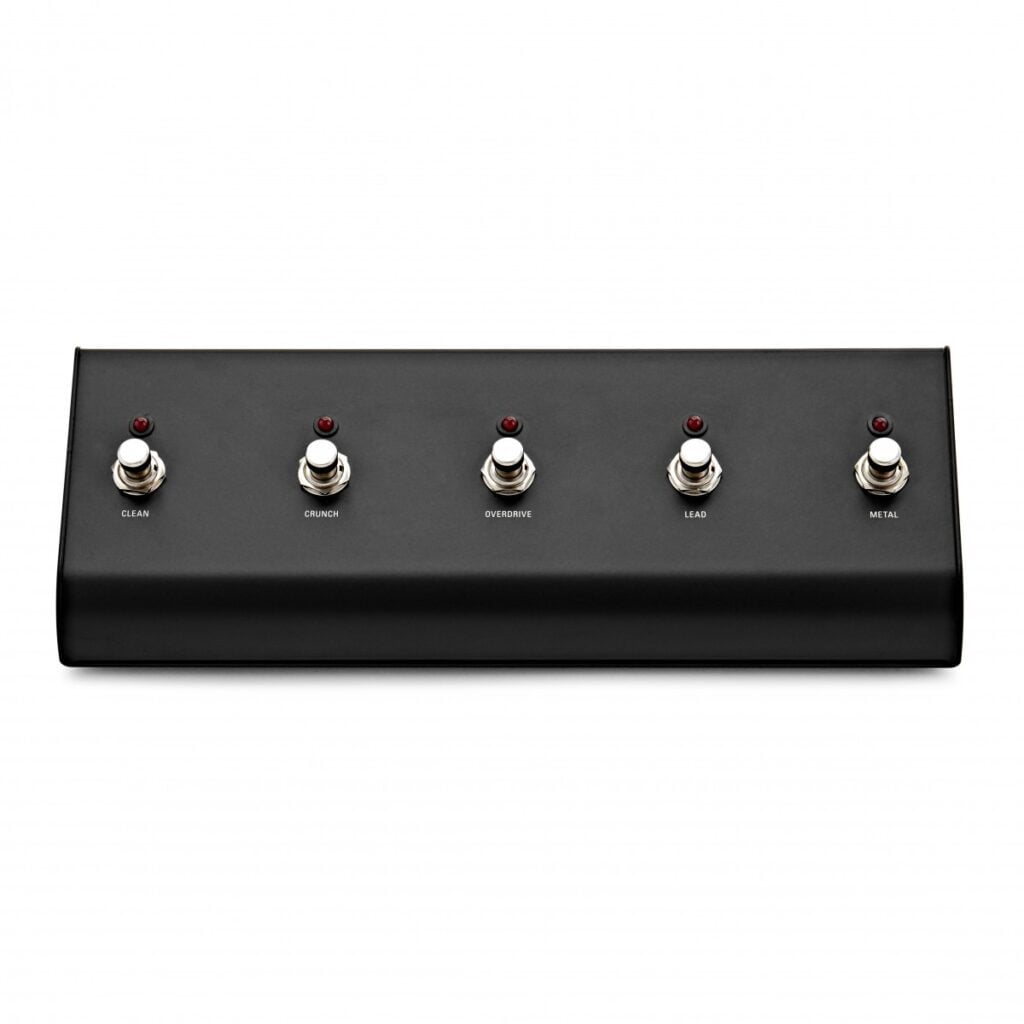
A guitar effect pedal controller, often referred to as a pedalboard controller or pedal switcher, is a device used to manage and control multiple guitar effects pedals simultaneously. It serves as a central hub that enables guitarists to organise and activate/deactivate various pedals within their pedalboard setup efficiently.
Functionality of a Guitar Effect Pedal Controller
Pedal Organisation:
Pedal controllers help organise the layout of effects pedals on a pedalboard. They allow users to arrange their pedals in a specific order, typically using loops or channels, making it easier to activate or bypass individual pedals as desired.
Presets and Switching:
Many pedal controllers come equipped with preset capabilities, enabling users to store combinations of pedals and their on/off status. This allows guitarists to switch between preset arrangements with a single press of a button, facilitating quick changes in their effects chain during performances.
Reduced Tap Dancing:
By consolidating control over multiple pedals into a single unit, a pedal controller reduces the need for excessive tap dancing (stepping on individual pedals) during live performances. This streamlines the process of engaging or disengaging specific effects, minimising mistakes and allowing for smoother transitions between sounds.
MIDI Integration:
Some advanced pedal controllers incorporate MIDI capabilities, enabling integration with MIDI-compatible pedals or devices. This expands the range of controlled parameters and offers additional flexibility in effect manipulation.
Types of Pedal Controllers
Loop Switchers:
These controllers use loops or channels to route the signal through different effects pedals. Each loop corresponds to an individual pedal, allowing users to activate or bypass them individually or in preset combinations.
Programmable Switchers:
Programmable switchers feature preset capabilities, allowing users to store and recall specific combinations of pedals with ease. They often include banks or patches to access multiple presets during performances.
MIDI Controllers:
MIDI controllers offer extensive control over MIDI-compatible pedals or devices. They can manage not only pedal activation but also parameters within MIDI-capable effects units.
Advantages of a Pedal Controller
Efficiency and Organisation:
Pedal controllers streamline the process of managing multiple effects pedals, making it easier to organise and control pedalboard setups.
Performance Convenience:
They enhance live performances by allowing quick and seamless changes to the effects chain, enabling guitarists to focus more on playing rather than navigating individual pedals.
Space Optimisation:
Pedal controllers help maximise space on pedalboards by reducing clutter and optimising the layout of effects pedals.
Tap Dancing Pedal Conclusion
A guitar effect pedal controller serves as a powerful tool for guitarists seeking efficient control and management of their effects pedals. By offering organisation, preset capabilities, and streamlined control over multiple pedals, these controllers enhance the performance experience and allow for greater creativity and flexibility in crafting diverse guitar tones and effects.

